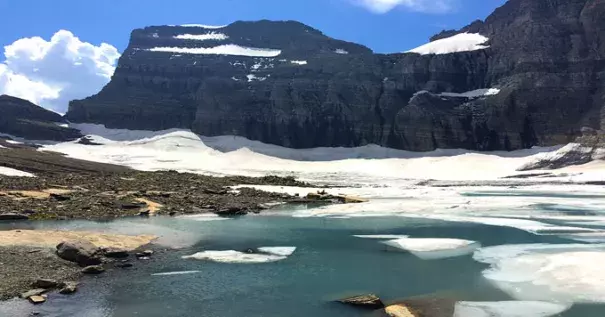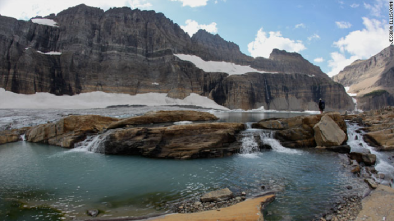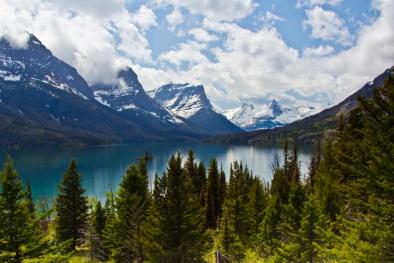Climate change visible in Glacier National Park

Montana’s Glacier National Park is famous for stunning landscapes, wild animals, and the glaciers that are its namesake. But those glaciers are disappearing.
Last summer, Jeff Wegand and his family visited the park because his wife wanted to see the glaciers before they melt away. When the family arrived, they were shocked to find that most of the ice was already gone.
Wegand: “You actually see 50 to 100 feet of glacier gone and just water and ice … that’s all that’s left.”
Instead of posing for a picture in front of a glacier, Wegand went swimming in the pool of water that’s now where the glacier used to be.
The melting ice affects more than park visitors. The U.S. Geological Survey predicts that without icy runoff from glaciers in the summer, water temperatures downstream will become too warm for species like salmon and trout. Without them, the park’s entire ecosystem could change.
Wegand: 'If you want to see how we have an effect on our climate ... go check it out for yourselves.'
Wegand says seeing the melting glaciers opened his eyes to how climate change is already altering our world. It was a powerful learning experience.
Wegand: “If you want to see how we have an effect on our climate, you guys should all go check it out for yourselves.”
Related Content




